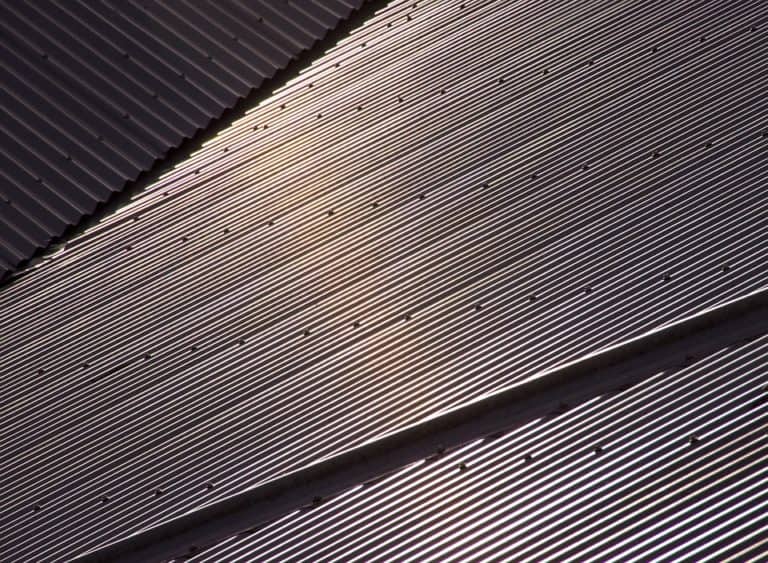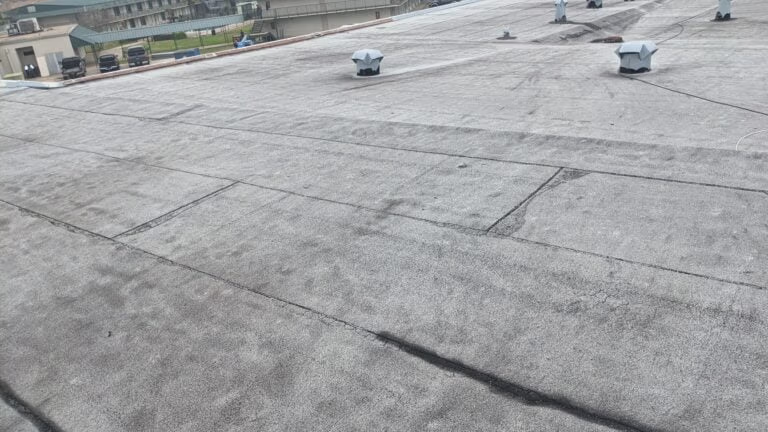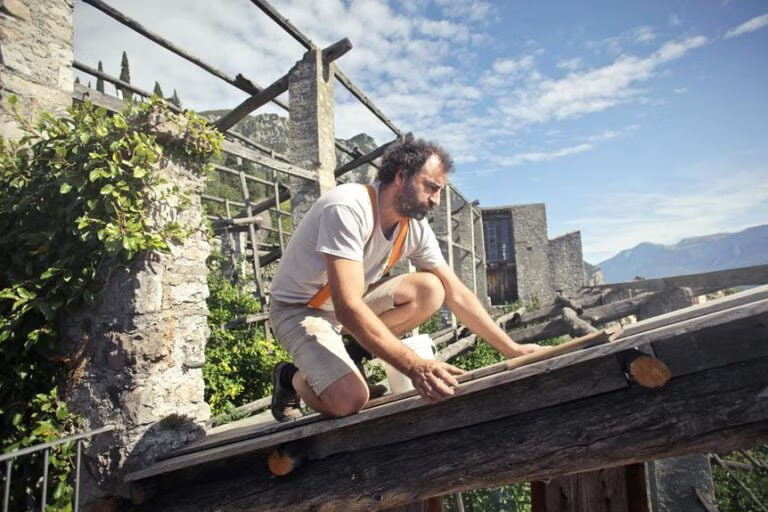Storms often bring high winds, hail, and heavy rain—conditions that can silently damage your roof. As a roofing contractor with over 15 years of hands-on experience inspecting storm-damaged properties, we know what to look for and how to document it.
Whether it’s missing shingles, soft spots, or subtle hail strikes, spotting roof storm damage early can save thousands in future repairs. This guide walks you through the exact signs we look for during a roof inspection—and how you can take action before it’s too late.
What Is Storm-Related Roof Damage?
Storm-related roof damage refers to the physical impact caused by wind, hail, or heavy rainfall that weakens or compromises roofing materials. Unlike gradual wear and tear, storm damage can occur suddenly and may not always be visible from the ground.
Hailstones can bruise shingles, knock granules loose, or crack vents and flashing. High winds can lift or tear off shingles, leaving the roof deck exposed. Even heavy rain can exploit existing vulnerabilities, leading to water infiltration and rot over time.
Common Signs of Storm Damage on Your Roof
1. Missing or Torn Shingles
After a windstorm, check for missing or lifted shingles. These areas are often the first to leak and can expose the underlayment or wood decking to moisture.
2. Granule Loss on Asphalt Shingles
Hail can cause shingles to shed their protective granules. Look for bald spots on the shingles or excessive granules in gutters and downspouts.
3. Hail Bruising or Soft Spots
Hailstones may not break through the shingle but can leave soft, spongy spots. These bruises often lead to premature failure of the roofing system.
4. Leaks in the Attic or Ceiling
Water stains on ceilings or wet insulation in your attic after a storm are strong indicators of roof damage.
Why Timely Roof Inspections Matter
Ignoring storm damage can allow minor issues to evolve into expensive structural problems. Roofing systems are designed to shed water efficiently. Once that system is compromised—even slightly—you run the risk of leaks, mold, rot, and insulation damage.
Additionally, insurance claims often have a time limit. The sooner you identify and document storm damage, the better your chances of getting a fair settlement from your insurance provider.
How to Perform a Basic Roof Damage Check (Safely)
If you choose to inspect the roof yourself, always prioritize safety. Use binoculars from the ground to look for lifted shingles, dents in metal flashing, or debris buildup. Walk around the perimeter of your home to inspect soffits, fascia, and siding for impact marks.
Do not climb on the roof unless you are trained and have the proper safety equipment. Instead, schedule a professional inspection to ensure all vulnerable areas—including flashing, vents, valleys, and roof edges—are properly evaluated.
What to Do If You Suspect Storm Damage
If you notice signs of storm damage:
- Take clear photos of affected areas
- Note the date and time of the storm event
- Contact a trusted local roofing company for an inspection
At Sellers Roofing Company, we offer free storm damage inspections and can assist with the insurance claim process from start to finish. Our team will provide a full report with photos, drone footage (if needed), and professional repair recommendations.
Schedule a Free Storm Damage Inspection
Roof damage isn’t always obvious—and delaying inspections can lead to costly repairs. Let our experienced team assess your roof’s condition and help you move forward with peace of mind. Contact us today to schedule your free storm damage inspection.
Related Services:
- Storm Damage Roof Inspection
- Insurance Claims Assistance
- Roof Repair Services
 Insurance adjuster marked the hail damage
Insurance adjuster marked the hail damage
You’re likely going to encounter these wind and hail deductibles if you live in certain areas. Luckily, this isn’t going to be difficult to understand. Many insurance companies make use of these deductibles, and you’ll need to go over the specifics of what the deductibles cost to your insurance provider. Different policies are going to have different deductibles, so it’s something that you’ll need to look into on your own.
Don’t worry too much about these deductibles being tough to deal with. They work just the same as any other insurance deductible that you’ve encountered in your life. Once things are paid, the process will start moving along, and you’ll be able to complete your insurance claim. It’s just a normal hurdle that you might have to jump when you’re making a claim.





